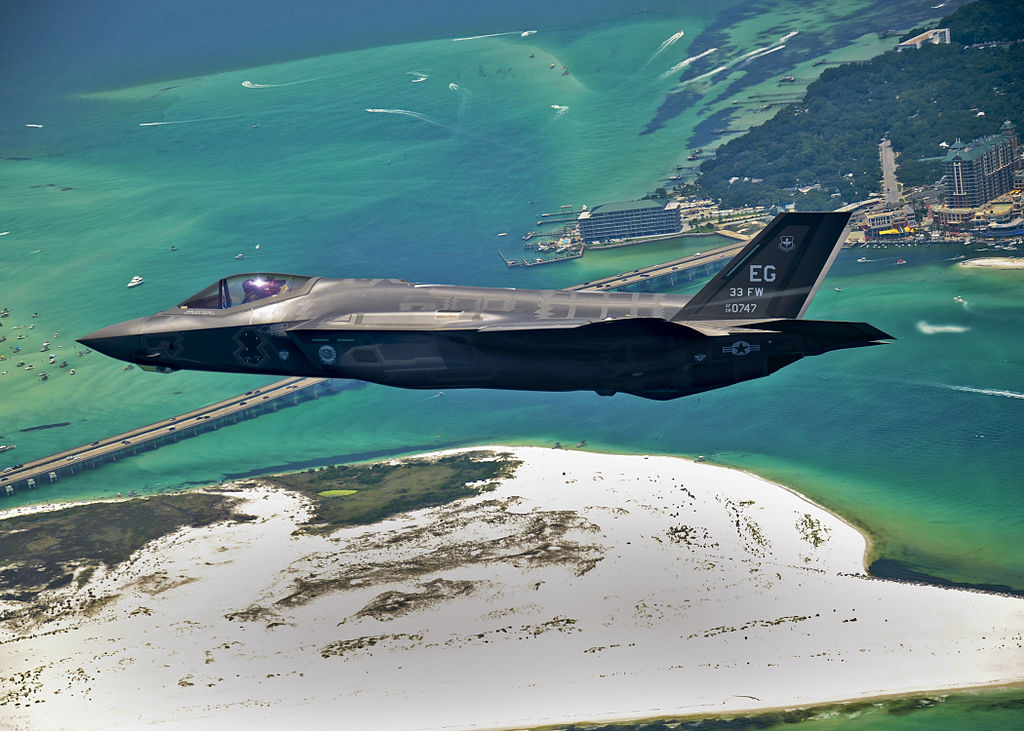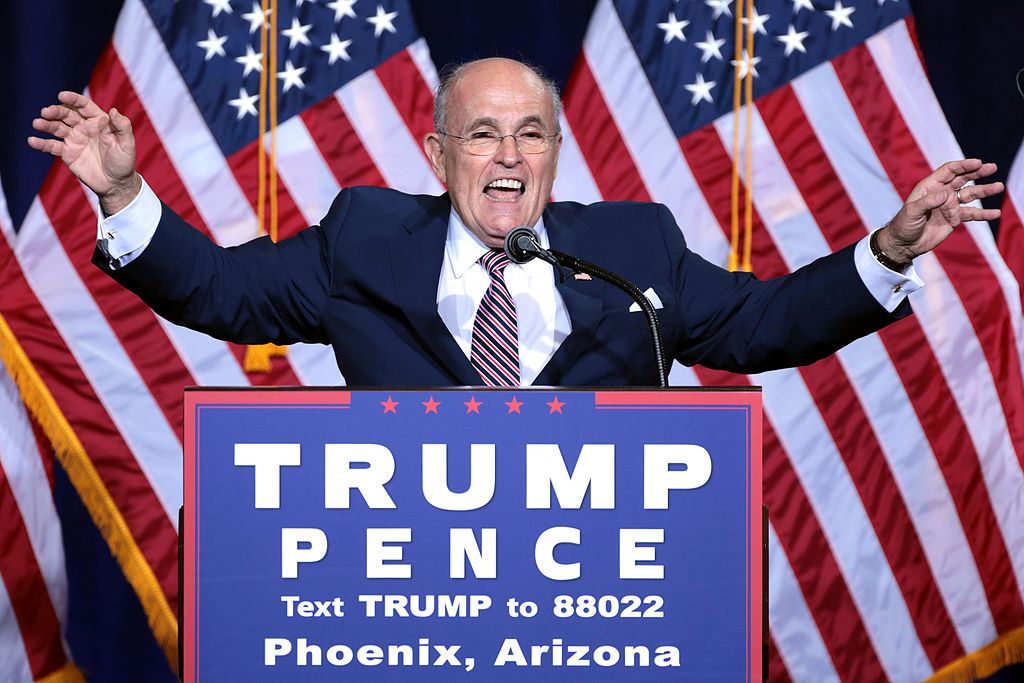Update: POTUS released a budget blueprint, see how our predictions matched the proposal.
Scoping out 2017 contracting trends
As Donald Trump and his team settle into the White House, the private sector is furiously debating where 2017 federal contracting money will go – and where it will be cut.
Federal government spending grows every year, but much of that growth comes from mandatory spending like Social Security and Medicaid. Contractors are paid through discretionary spending – that means when the government has fewer resources or decides to shrink the budget, the funding that contractors’ livelihoods depend on can be put at risk.
The threat of budget shrinkage is looking more likely by the day. The Congressional Budget Office estimated a 2016 federal deficit of $590 billion, and the total national debt is in the trillions. As the Republican party settles into power in both houses of Congress and the Presidency all at once, budget hawks on the right are sensing an opportunity to curb spending. Their excitement was fueled by Trump’s choice of Mick Mulvaney as head of the Office of Management and Budget; As EZGovOpps Market Intelligence wrote in December, Mulvaney is a well-known fiscal hawk who prioritizes spending cuts.
Building on his commitment to slashing budgets, Trump has asked his team to implement 10 percent cuts on discretionary spending. These cuts, while they get praise from fiscal conservatives, are intended to fund campaign promises like tax cuts and a buildup of military power. In addition, fields like technology spending will likely get more attention as risks of new cyber-attacks on outdated systems rise.
Outright cuts of government spending are less likely than 2017 contracting trends toward defense and technology. However, some of Trump’s ambitious campaign spending promises may take the form of tax incentives for private investment, rather than direct federal spending.
Defense acquisition in 2017: Troops over tanks

In criticizing the cost of Lockheed Martin’s F-35 program, Donald Trump has signaled a willingness to put pressure on contractors to reduce prices. Courtesy of USAF via Wikimedia Commons
Trump has proposed an end to the defense sequester and increasing military spending. He wants to offset the increase in Pentagon spending with cuts to the rest of the government, though he has not yet detailed how much or where the money would come from.
For the Navy, Trump has plans to push for an increase to 350 ships, from the 274 it currently has. Navy officials have urged his transition team to instead focus on putting funds towards maintenance. The cost of the ship buildup has been estimated at $165 billion over 30 years, the largest potential buildup since the Cold War. That number does not include outside costs like maintenance and staffing of the new ships.
For the Army, Trump wants to increase troops from 490,000 to 540,000. For the Air Force, Trump wants to add almost 100 fighter aircraft to the fleet. For the Marine Corps, Trump plans to add thirteen battalions to the current 26. In addition to troop and fleet buildups, Trump wants to continue to modernize nuclear capabilities, improve technologies, and strengthen cyber defensive and offensive capabilities.
It’s not just the president-elect pushing these increases. John McCain, the Senate Armed Services Committee chairman, released a white paper calling for similar increases – more ships and aircraft for the Navy and Air Force, more troops and modernization for the Army and Marine Corps. McCain called explicitly for an $85 billion increase per year in defense spending.
Some might conclude that Trump is pushing for more defense spending across the board. But experts predict that his plan to boost troop numbers might crowd out big-budget weapons development. Trump’s pressure on big-budget weapons manufacturers to cut costs on programs like the F-35 supports this theory. McCain’s white paper also singled out defense acquisition as an area in which waste needs to be cut, indicating broad Republican support for pressure on contractors.
That should worry large defense contractors like Lockheed Martin, but smaller ones might have cause to celebrate: small business setasides are generally more plentiful in the areas that an increase in troops might support, like healthcare and human resource services. Small businesses are also more flexible and able to adapt to changing needs at a lower cost. Companies that can offer the government more bang for their buck stand to benefit from the new administration’s defense policies.
Infrastructure spending in 2017: Where will the money come from?

A Delta Airlines airplane taxis at LaGuardia Airport, which Donald Trump recently compared to a “third-world” airport amid his calls for massive infrastructure investment. Courtesy of Aero Icarus via Wikimedia Commons.
The Trump administration’s infrastructure plan is getting a lot of hype from contractors. Trump has promised huge spending on infrastructure, proclaiming a $1 trillion investment plan. The news is energizing the construction industry, which is preparing to boost their payrolls and train employees in the expected windfall. The industry is expecting so much growth, in fact, that their most pervasive worry is a shortage of qualified labor.
But traditional government contractors looking for federal funding should look elsewhere. Though it’s possible the spending will take place through direct government purchasing, Trump administration officials have shown a clear preference for funding their infrastructure plan through private investment. Secretary of Transportation nominee Elaine Chao, during her confirmation hearing, advocated “innovative financing tools” and incentives for private companies to invest in public infrastructure. Under this structure, companies would pay for infrastructure projects, and then profit from income sources like tolls.
Two of Trump’s close advisors, Commerce Secretary nominee Wilbur Ross and trade adviser Peter Navarro, have outlined an infrastructure plan that relies on tax credits to stimulate private investment. That plan might change; it has been subject to criticism, particularly in that it would not work to incentivize projects like maintenance that have no profit motive. A Washington Post and ABC News poll found that 66 percent of Americans do not support the plan in its current form, suggesting that changes might be made to boost popular opinion.
Though nothing has been finalized, it’s likely that government contractors will find the most federal contracting dollars in infrastructure projects that would not generate profit on their own. Maintenance services and other support services will be increasingly important as our infrastructure ages, and these fields are the most likely to continue to receive federal funds.
Technology procurement in 2017: spending money to save money

Donald Trump has tapped former New York Mayor Rudy Giuliani to be the head of a new White House cybersecurity committee. Courtesy of Gage Skidmore via Wikimedia Commons.
Cybersecurity has been in the spotlight more than usual, and that that will not change any time soon. Defending and modernizing the government’s information systems is going to become increasingly important in the coming months, and technology spending is more likely to grow than it is to be cut.
Under the Trump administration, IT modernization will likely take shape in collaboration with the private sector. Trump recently appointed former New York City Mayor Rudy Giuliani as the head of a White House cybersecurity committee. Guiliani explained his role as helping connect the president with corporate leaders working on cyber issues, saying “My belief is, as always, the answer to cybersecurity is going to be found in the private sector.”
As the private sector looks forward to influencing tech policy, the Technology CEO Council (TCC) has submitted to Trump a report with recommendations on ways to make the government more efficient using technology.
The report says that implementing technology to streamline the government could save $1 trillion in ten years. For the Trump administration, which is seemingly caught between grand spending programs and thrifty budget hawks, saving money and skimming excess is likely to draw the White House’s attention. “IT,” TCC director Bruce Mehlman told FedScoop, “can help the Trump administration give taxpayers and citizens more while taking a smaller bite out of the budget.”
TCC’s suggestions include implementing shared services, using technology to curb improper government payments, improving government decision-making using data analytics and cognitive computing, moving toward cloud-based IT, strengthening cybersecurity, and implementing mobile technology.
Though technology’s promise of efficient government services might entice the Trump administration, in 2017 contracting trends toward eliminating waste will make individual contract awards more competitive. As category management reduces the number of multiple-award contracts and cuts duplicates, businesses will have to offer more value to win bids.
To win contracts, do more for less
The 2017 government contracting market will be fiercely competitive. Trump’s military boost combined with a proposed federal hiring freeze may open up opportunities for contractors to fill the gap in government services – but broad tax cuts will limit the revenue available to pay for them.
Trump has already indicated that he is willing to pressure individual companies into cutting costs, an instinct which may spread to a government-wide program. Government contracting experts have noted a trend away from awarding on a Lowest Price Technically Acceptable (LPTA) basis, in favor of best value contracts. Trump has instead suggested on his campaign website that the government uses more incentive-based contracts to keep programs “on time and on budget.”
The push toward efficiency could benefit small business by rewarding companies that find innovative ways to fulfil the government’s needs. But competition will be intense – businesses will need all the information they can get about the contracts they bid on and the competition they face in order to show that they provide the government the most value. A market intelligence service like EZGovOpps can help your business be the first to know about valuable contracts, then research the competition so your proposal comes out on top. Sign up for a free trial today to find out how EZGovOpps can help you win contracts.
Don’t forget to view our full GovCon News section for more intel.
Published Jan 19, 2017


